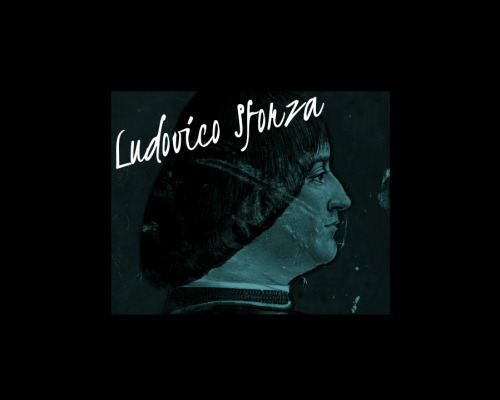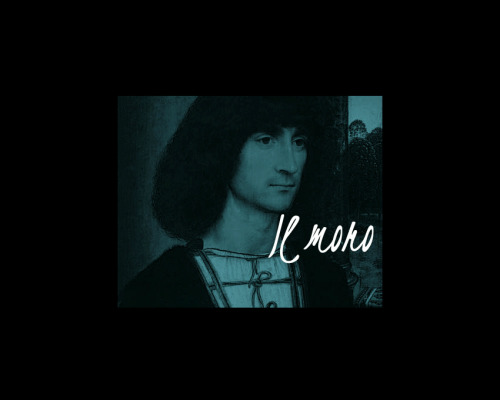annesidora: Ludovico Sforza, Duke of Milan (27 July 1452 – 27 May 1508)Ludovico Sforza was bor
annesidora:Ludovico Sforza, Duke of Milan (27 July 1452 – 27 May 1508)Ludovico Sforza was born on July 27, 1452, at Vigevano. He was the second son of Francesco I Sforza and Bianca Maria Visconti and, as such, was not expected to become ruler of Milan. Nevertheless, his mother, Bianca, prudently saw to it that his education was not restricted to the classical languages.When his father Francesco died in 1466, he was succeeded by the dissolute Galeazzo Maria, Ludovico’s older brother. Galeazzo Maria ruled until his assassination in 1476, leaving his throne to his seven-year-old son, Gian Galeazzo Sforza, Ludovico’s nephew. A bitter struggle for the regency with the boy’s mother, Bona of Savoy, followed; Ludovico emerged as victor in 1481 and seized control of the government of Milan, despite attempts to keep him out of power. For the next 13 years he controlled Milan as regent while simultaneously empowered, since 1479, as Duke of Bari. In January 1491, he married Beatrice d'Este. The 15-year-old princess quickly charmed the Milanese court with her joy in life, her laughter, and even her extravagance. She helped to make the Sforza castle a center of sumptuous festivals and balls and she loved entertaining philosophers, poets, diplomats, and soldiers. Beatrice would become the mother of Maximilian Sforza and Francesco II Sforza, future Dukes of Milan. Gian Galeazzo, his nephew, died under suspicious conditions in 1494, and the throne of Milan fell to Ludovico, who hastened to assume the ducal title and received the ducal crown from the Milanese nobles on 22 October.The Duke Ludovico presided over, and personally funded the final and most productive stage of the Milanese Renaissance. He was famed as the patron and financier of Leonardo da Vinci, Bramante and other artists. He is probably best known as the man who commissioned the Last Supper.Ludovico invested in agriculture, horse and cattle breeding, and the metal industry. Some 20,000 workers were employed in the silk industry. Artists and craftsmen labored to make the court of Milan the most splendid in Italy. Lodovico continued work on the Cathedral of Milan and had the streets of his capital widened and adorned with gardens. The universities of Pavia and Milan flourished under him. Ludovico sponsored extensive work in civil and military engineering, such as canals and fortifications. The court and the common people alike rejoiced in Ludovico’s magnificent governance. -- source link
#history#ludovico sforza#15th century


